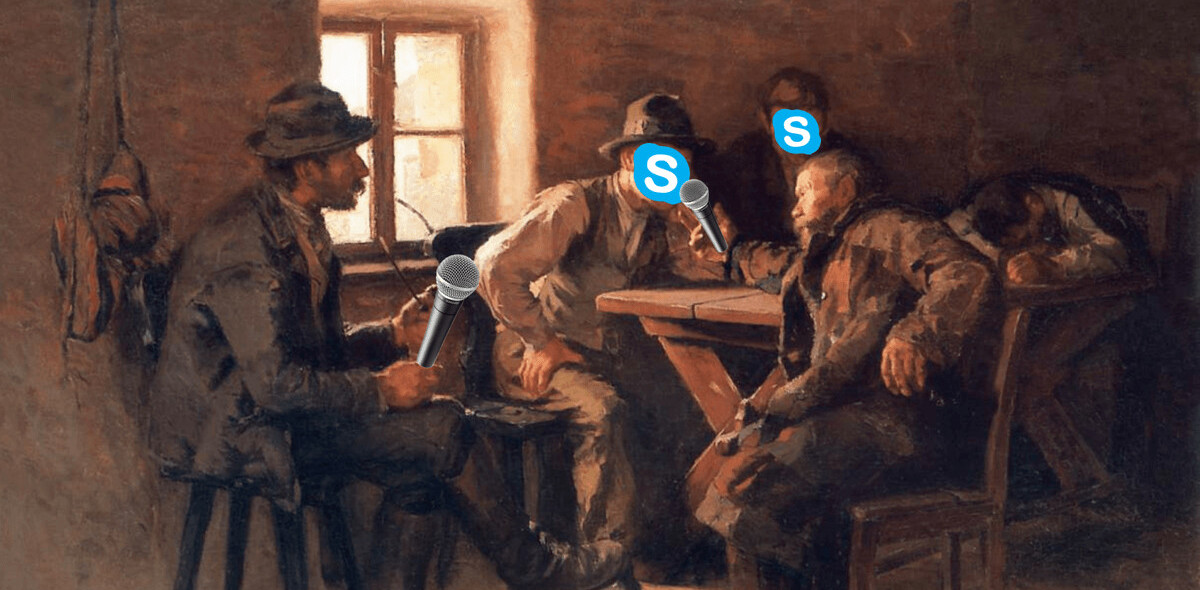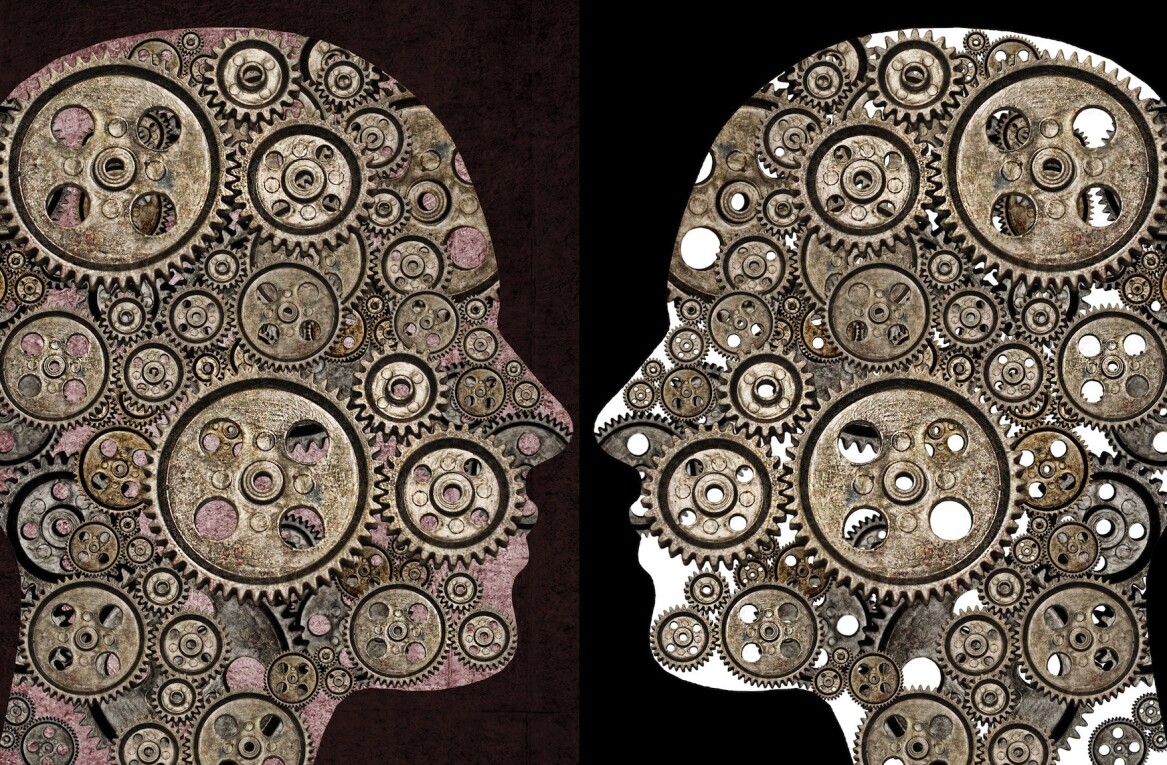
Ah, welcome welcome.
I see you enjoyed last week’s edition and are back for more. Well we won’t disappoint. For the uninitiated (go back and start at post one, please) the team at TNW has made a New Year’s Resolution to read a bit more. So every week, a select number of our team will share with you what’s currently living on their nightstand, or saved in Pocket, or is sitting in that browser tab begging to be read.
This week we’re exploring how one of the most important statistical methods was invented by someone at the Guinness factory, why new media is doomed, the secrets of software engineering and the amazing story of how two researchers are attempting to bring ancient trees back from the dead.
Happy reading!
The Leprechauns of Software Engineering – Laurent Bossavit
As a programmer who wants to break into the software engineering field, I’ve been told that I need to do a lot more research. After having The Leprechauns of Software Engineering recommended by multiple academics, I decided to give it a go.
The author dives into some very interesting topics and myths by guiding the reader into the more uncertain corners of software engineering. He strives to expose how errors and unsupported arguments in research actually make it in published journals, and how some bad examples are cited in academia even to this day. Topics like, ‘Who’s afraid of the Big Bad Waterfall?’, ‘The cost of bad research’ and ‘The hunt for the 10x files’ provide useful insight on how research mistakes can ripple through years of work if not caught in time, and how to approach catch claims that are based on shaky evidence.
The way he manages to explain the ideas surrounding these topics, their downfalls, and even debunking myths around them, will keep any reader interested in finding out more. Even if you are not into software engineering, the conclusions drawn from these topics can be useful in any research you may come across.
– Gorjan Jovanovski, Marketing Trainee
The Guinness Brewer Who Revolutionized Statistics – Priceonomics
If you have a background in a scientific related field, you probably had to deal with some statistical models that you either loved or hated. For most of us, they’re just a bunch of statistical concepts filled with some mathematical formulas and if we were to imagine the life of the people behind these concepts we would probably think about some nerdy guys, bent over their desk, with some dusty math books at their side.
Well, while it might be true in most cases, sometimes these people have a completely different life than what we expect. This is the case of the Guinness brewer William S. Gosset, who was one of the major contributors of the concept of “statistical significance”. He is the person behind the well known Student’s T-Test, a method to understand what can be inferred from a small sample of data.
The article tells the fascinating story of this great guy, in the hope to improve the hops selection process for his company, ended up developing one of the most useful statistical methods of all time.
– Annalisa Larghi, SEO Specialist
Your Media Business Will Not Be Saved – Joshua Topolsky
This week I’ve been reading the latest in the ongoing anguish about the future of online media. Huge new venture-backed publishing houses used to be the new hotness. Now it’s clear that they’re all competing for the same readers with the same types of content, people are starting to realize that serving smaller audiences with high quality, unique content is a better idea.
Yes, sustainable business models are back in fashion! Or at least they should be, argues former Engadget and The Verge editor Joshua Topolsky, fresh from a stint working at Bloomberg.
Whether the internet has ever been the best place for mega-scale publishers is up for debate – the current state of the industry suggests maybe not.
As Marie Le Conte’s painful and funny response to Topolsky puts it, “we’re all fucking doomed anyway.”
– Martin Bryant, Editor-at-Large
This Nonprofit Is Quietly Cloning the World’s Largest (and Oldest) Trees – Gizmodo
It may seem like someone watched Jurassic Park one too many times, but this mad scientist’s quest to bring back the oldest trees on the planet is no Hollywood trick!
David and Jared Milarch are a father-son team who started the non-profit Archangel Ancient Tree Archive. Their goal is to propagate, reforest, and archive the worlds oldest and most iconic trees. Working with experts, the Milarchs’ have traveled the world collecting the largest living library of ancient old growth tree samplings in the world. Now they focus on trying to give these tree clones homes they can thrive in, like the days prior to deforestation, so that we can recreate the natural balance the earth once had.
Whilst it is difficult to imagine that they could reverse global warming and all the damage we have done with trees alone, it is still a great cause and worthy of consideration. So show you care by either hugging your favorite local tree or maybe donate to these forest shapers.
– Brittany Emery, Campaign Manager
This is a #TNWLife article, a look into the lives of those that work at The Next Web.
Get the TNW newsletter
Get the most important tech news in your inbox each week.





